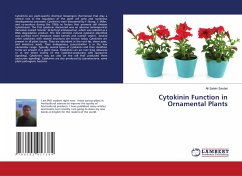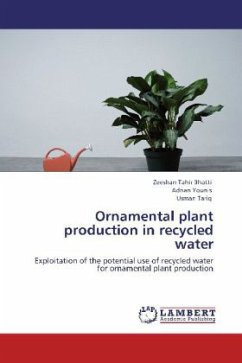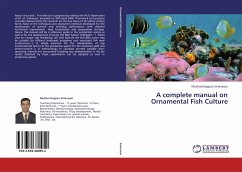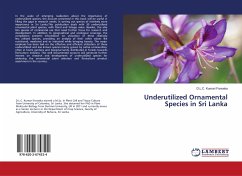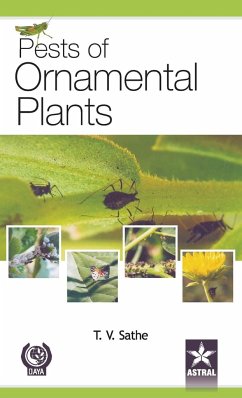
Control of Potted Ornamental Insect Pests
Versandkostenfrei!
Versandfertig in 6-10 Tagen
24,99 €
inkl. MwSt.

PAYBACK Punkte
12 °P sammeln!
Mealybugs are worldwide pests of ornamental plants grown indoors and outdoors. Both greenhouse and field-grown ornamentals are commonly attacked. Damage to ornamentals occurs when mealybugs insert their needle-like mouthparts into host plants and suck out the sap. Heavy infestations often result in the disfiguration of the plant. While feeding, the mealybug excretes honeydew, a sweet sticky liquid. Infested plant parts darken due to sooty mold growing on the honeydew. Ants may also feed on the honeydew. Some species of mealybugs inject a toxin into the plant while feeding. This toxin causes th...
Mealybugs are worldwide pests of ornamental plants grown indoors and outdoors. Both greenhouse and field-grown ornamentals are commonly attacked. Damage to ornamentals occurs when mealybugs insert their needle-like mouthparts into host plants and suck out the sap. Heavy infestations often result in the disfiguration of the plant. While feeding, the mealybug excretes honeydew, a sweet sticky liquid. Infested plant parts darken due to sooty mold growing on the honeydew. Ants may also feed on the honeydew. Some species of mealybugs inject a toxin into the plant while feeding. This toxin causes the plant to drop buds and leaves. Mealybugs derive their name from the whitish, waxy or mealy appearance of the wax they secrete. These waxy secretions in some species project into long strings or filaments, hence the common name "longtail mealybug." These filaments are easily broken. Mealybugs can infest all parts of the plant and stunt its growth, discolor and deform the leaves, and eventually kill the plant. Mealybugs also produce honeydew, which can cause sooty mold to appear. Mealybugs more commonly infest indoor ornamental plants.





